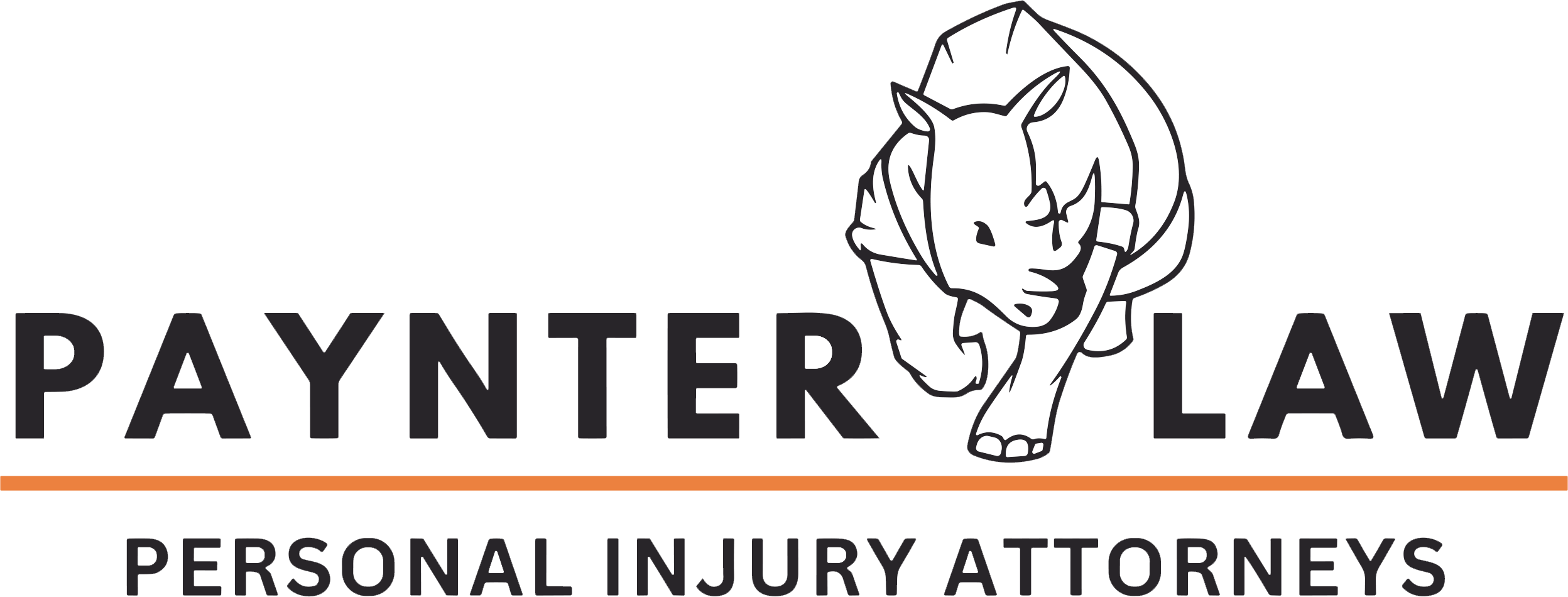So, you had a car crash along NC Hwy 86, 57, along I-40 or I-85, on South Churton Street, or elsewhere in and around Hillsborough. Now, not only are you left with a severely damaged vehicle on your hands, but even worse, you’ve suffered serious injuries that you’re going to need extensive treatment for in hopes that they don’t end up being permanently disabling. What do you do?
Well, the fact that you’ve found our law firm’s website is a strong indicator that you’ve begun exploring the legal process and realize that it’s likely what you need to pursue to hold the party responsible for your crash accountable. So, let’s discuss what steps are involved in filing a car accident lawsuit in North Carolina.
Step #1: Identifying a Lawyer To Work With
Much like other legal matters in our state, you can certainly file a claim with an insurance company and even a lawsuit without an attorney; however, we highly discourage it, as one small misstep could result in a shift of liability to you, and eliminate your ability to recover anything. Moreover, without an attorney you might miss important filing deadlines. Instead, we encourage you to consult with an attorney who handles car crash cases like yours.
When searching for legal counsel, be careful not to just pick anyone, but instead, pick an attorney who has proven experience achieving successful outcomes for their clients. It’s best to ensure you and your attorney’s communication preferences will align, especially as it relates to how often you expect to be kept up-to-date about your case’s progress and by what means. It’s best to discuss this and any other concerns with prospective legal counsel when meeting for an initial consultation with them.
Step #2: Your Attorney Will Secure Evidence To Build a Strong Case
Once you decide on a lawyer, you expect them to assess what type of evidence they have and what else they may require to prove liability and document damages you’ve sustained. So, if you haven’t yet provided a car accident report, photographs or video camera footage, medical records and bills from all your providers, pay stubs showing missed work, etc., this is when you can expect your attorney to request those on your behalf or for you to secure them if they cannot.
Step #3: Sending a Demand Packet to Insurers
While your lawyer will likely review evidence as it individually comes in, you can expect them to do so more thoroughly once you inform them that doctors are done treating your injuries because they believe you’ve reached maximum medical improvement (MMI). Personal injury lawyers like ours do this in preparation for preparing a demand letter, which essentially outlines another party’s liability for the wreck and the damages their client has amassed because of their involvement in it (and may incur in the future if it resulted in particularly catastrophic injuries). Letters like these are generally accompanied by supporting documentation, such as the evidence described above.
Step #4: Negotiating With Insurance Adjusters
You probably noticed that we haven’t yet mentioned filing a car accident lawsuit in court. This is because many crash claims are resolved during the pre-litigation process, which involves attorneys like ours negotiating directly with insurance adjusters to try and reach a settlement. However, if those discussions don’t prove fruitful, for example because an insurer denies liability, then filing a lawsuit necessary to take the case to trial may be warranted.
Step #5: Filing a Legal Complaint
A complaint, which is a type of “pleading,” a legal term used to describe a formal written statement that describes your position, marks the official start of a car accident lawsuit. In the initial complaint, your attorney will:
- Name the defendants (those you/they allege caused the crash, harming you)
- Outline why you’re bringing the claim, which will include listing injuries you suffered and damages you sustained
Once filed, the defendant is served with a copy of the lawsuit.
Step #6: Awaiting a Response to the Complaint
The summons notifying the defendant of the lawsuit generally outlines a timeline for responding to it. When they respond and file an answer, the discovery phase, in which both parties share evidence, begins.
Step #7: The Discovery Phase Commences
During this stage, the parties exchange documents and questions, referred to as “interrogatories,” and take depositions (testimony under oath) of the plaintiff, defendant or other witnesses.
Step #8: Mediation
Alternative dispute resolution (ADR) is required in North Carolina before proceeding to trial. The role of a mediator is to help bring dueling parties toward reaching a mutually agreeable settlement. If no settlement can be reached, the parties can opt to take the case to trial.
Step #9: Pretrial Conferences and the Trail Get Underway
Pretrial or case conferences occur in the weeks leading up to trial. It’s important to note that the trial involves you, your attorney, the defendant (person who hit you), and their legal representative (which is often their insurer’s) coming before a judge and jury and presenting their case and cross-examining each others’ witnesses.
North Carolina is an at-fault state, but also a pure contributory negligence one, meaning car accident victims like yourself can sue the driver who harmed you, but you’re only able to recover damages if you didn’t shoulder any blame for the crash. If you did, then North Carolina law disallows you from recovering compensation for your losses. Should the outcome of your case be decided by a jury, you can expect the judge to read instructions letting them know about this fault system and how it should impact their decision-making (reaching a verdict).
Step #10: Exhaustion of the Appeals Period
A car accident lawsuit isn’t fully wrapped up until the appeals filing deadline has elapsed, which is generally 30 days post-final judgment. It’s important to note that appeals cannot be filed because parties to a case are unhappy with the verdict, but instead, only if there’s a misinterpretation of the law by the judge or legal proceedings errors. There may be a delay in the collection and distribution of the settlement award if the case is appealed.
Why Having a Skilled Litigator on Your Side Is Important After an NC Car Crash
When you have a motor vehicle accident, and especially one that results in severe injuries or the loss of a close family member, there’s little you can think of beyond following your doctor’s orders and trying to get better or trying to pick up the pieces and move forward after the unexpected passing of a relative. You likely don’t have the time or energy to deal with insurance adjusters’ repeated calls or letters, compiling evidence to prove another motorist’s liability for what happened, or negotiate with defendants and their insurers, whether during the pre-litigation phase or trial. You probably don’t have the desire to explore the legal process, including learning what steps to take at which stage, any more than you’ve already done so, which is where our legal team comes in.
At Paynter Law, we have a lengthy track record of successfully advocating for car accident victims like yourself. We want to ensure you’re well-informed about North Carolina law and the rights it affords you to recover compensation when another driver’s negligence results in motorists like you suffering harm. So, give our law firm a call to discuss your potential case. An initial consultation with an attorney on our team is completely free, so reach out for one now.

